Bishop-exchanging 4th-file rook is one type of swinging rook strategy where the swinging rook side tries to take advantage of a bishop exchange in the early stage.
It opposes to traditional swinging rooks theory where a bishop exchange is thought to be not good for the swinging rook side, because the conventional swinging rook is a counterattack strategy, and exchanging bishop is an important factor to begin the counterattack. Until the time comes, conventional swinging rook side needs to close the bishop’s diagonal line, and controls the timing to exchange it.
However, the bishop-exchanging 4th-file rook has been developed on completely different philosophy. The conventional swinging rook was a defensive strategy, but the bishop-exchanging is an offensive one, because you have a bishop on your piece in hand, which means you can drop it at anytime to open a battle. Also, by exchanging bishops at 22, the opponent is forced to move its left silver to 22, and it restricts the opponent’s making Anaguma castle, which is a natural enemy for swinging rook.
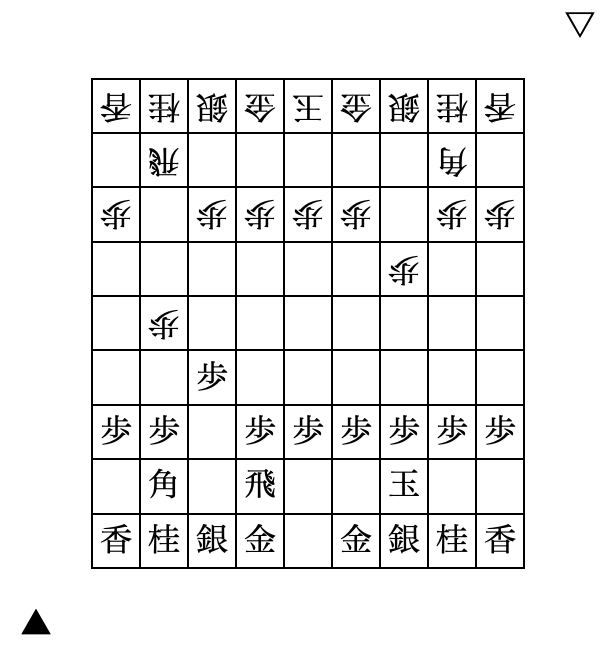
1. ▲P-76
2. △P-34
3. ▲R-78
4. △P-84
5. ▲K-48
6. △P-85
7. ▲K-38
The first move is ▲P-74 to open the bishop’s diagonal line, and the line will not be closed. If opponent captures black’s bishop (△Bx88), black can naturally take back it by ▲Sx88. It can be understood that white just donates one move to black.
At move 7(▲K-38), black ignores protecting the 8th file. If white advances the pawn at the next move (△P-86), then ▲Px86, △Rx86, ▲Bx22, △Sx22, ▲B*77, △R82, ▲P*83. If white takes the pawn at 83, then black can capture the opponent’s silver at 22. Because of this counter attack, black doesn’t need to defend the 8th file.
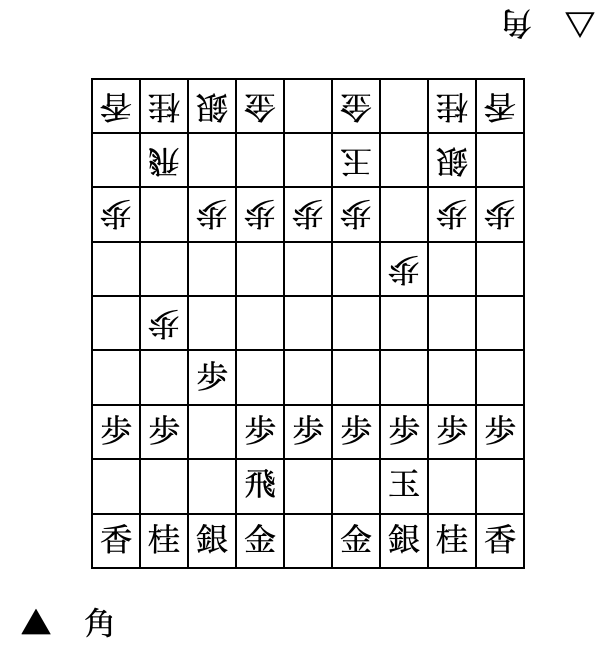
8. △K-42
9. ▲Bx22
10. △Sx22
When white move its king to 42, it is the best timing to exchange bishops for black side, because the opponent forced to capture the bishop with silver. If the exchanging happens one move later, white can move its king to 32, and it adds an option to take bishop at 22 with king. If white can take the bishop with king, one can make Anaguma castle smoothly.
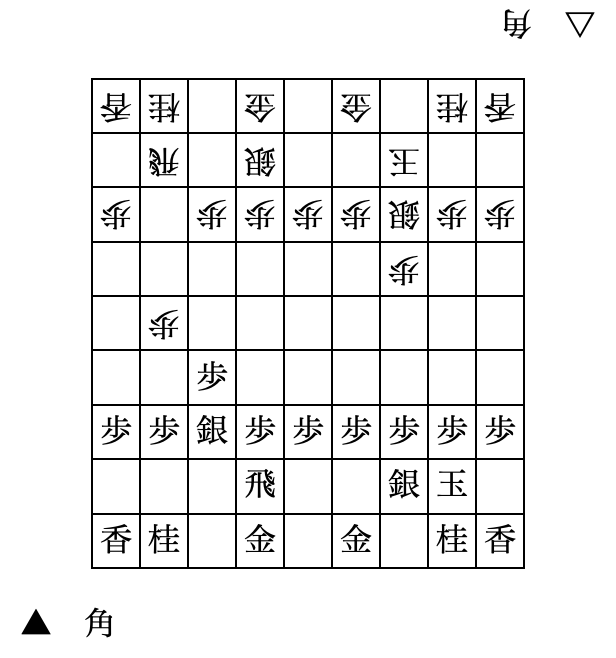
11. ▲S-88
12. △K-32
13. ▲S-77
14. △S-62
15. ▲K-28
16. △S-33
17. ▲S-38
After the exchange, black advances left silver to 77. At this moment, the silver is defensing 8th file, but it turns to offense piece. Before opening wart, black makes Mino castle, which is common castle for swinging rook.
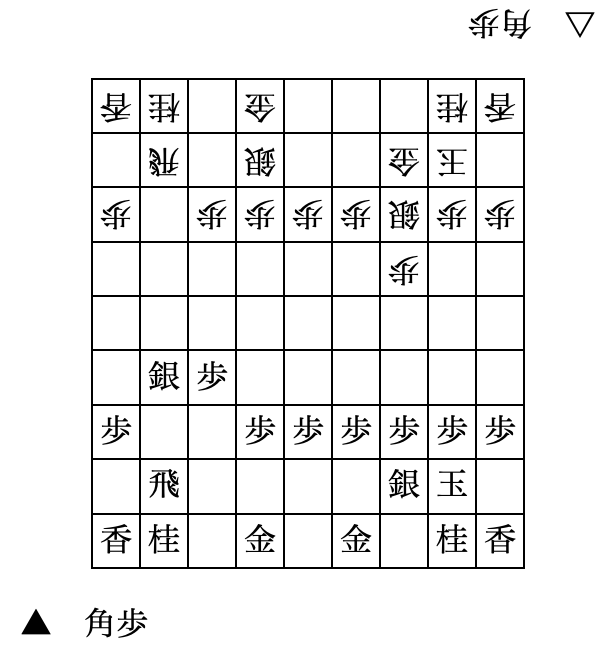
18. △K-22
19. ▲R-88
20. △G-32
21. ▲P-86
22. △Px86
23. ▲Sx86
White naturally develops Yagura castle, but it is not good in this situation. Black swings the rook again to the 8th file. Then exchanges pawns at 86, and advances left silver in 8th file, which is called Reverse Climbing Silver. Usually, the Climbing Silver is a tactics for static rook, but this reverse situation often happens in bishop-exchanging swinging rook strategy.
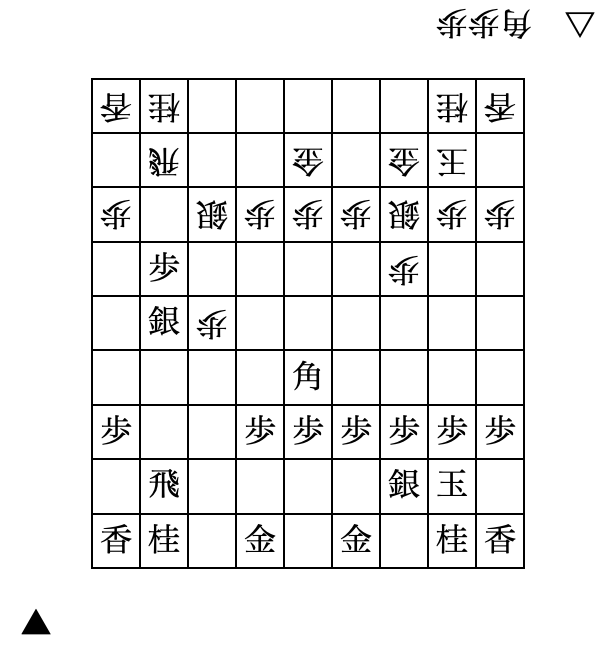
24. △P-74
25. ▲S-85
26. △S-73
27. ▲P*84
28. △G-52
29. ▲P-75
30. △Px75
31. ▲B*56
Black advances the silver to 85, and white tries to manage the 8th file. However, it is too late. After dropping a pawn at 84 to secure the 8th file, black sacrifices a pawn in the 7th file, then drop a bishop at 56. Which aiming 83 position, and black already takes initiative of the game.
0Move


コメント